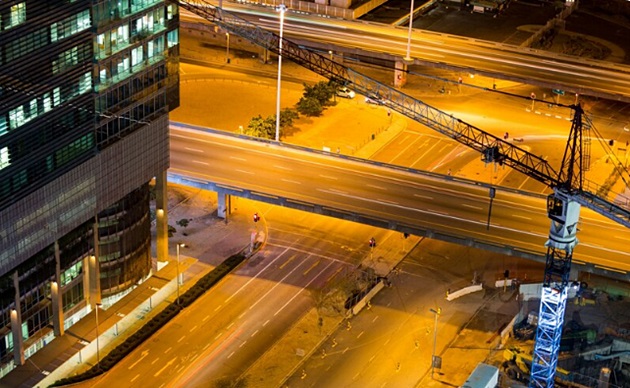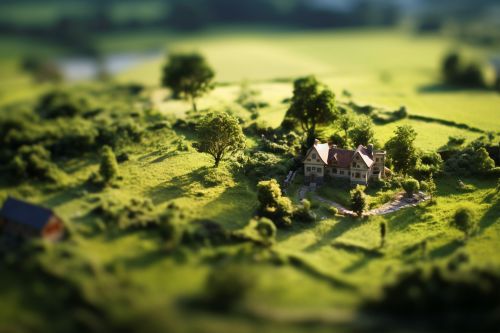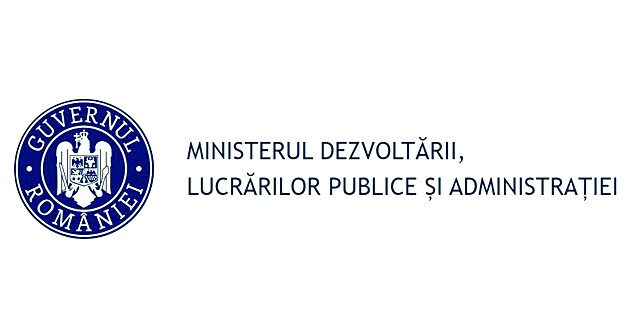675

Romania’s Construction Sector 2021–2030: From Fragmentation to Transformation
Between 2021 and 2030, Romania’s construction industry has undergone one of the most transformative periods in its post-communist history. Driven by urgent infrastructure needs, large-scale European and national funding, and a renewed vision for regional development, the sector has become a cornerstone of the country’s economic growth.
🚧 The PNRR: A Catalyst for Acceleration
The symbolic turning point was 2021—the year Romania launched its National Recovery and Resilience Plan (PNRR), securing €29.2 billion, over €12 billion of which targeted infrastructure, sustainable mobility, energy efficiency, and green construction.
- €7.6 billion allocated to transport alone under Component 4
- Major investments in highways, rail, and smart urban infrastructure
- Signature projects: A7 Motorway (Ploiești–Pașcani), 100% EU-financed
By end-2024, Romania had expanded its highway network from 900 km to nearly 1,100 km. By 2030, it is expected to reach 2,000 km, according to the Ministry of Transport—doubling the national network in under a decade.
🏛️ National Investments: The Anghel Saligny Program
Complementing EU funding, the national Anghel Saligny Program mobilized RON 65 billion (€13 billion) for over 6,000 local projects—including roads, water systems, and bridges—often in underserved or depopulated rural areas.
This helped revive local economies, create jobs, and catalyze entrepreneurial initiatives, positioning infrastructure as a tool for territorial cohesion, not just economic efficiency.
🏗️ Green and Smart Construction on the Rise
- Over 4,200 public buildings were retrofitted to near-zero-energy (nZEB) standards by 2029.
- An additional 600 buildings were built from scratch to high environmental standards.
- Smart city development accelerated in Cluj-Napoca, Timișoara, and Brașov, with traffic monitoring, integrated mobility, and energy-efficient urban design.
By 2030, at least 25 Romanian cities are expected to fully implement smart urban infrastructure.
📈 Construction Volume and Workforce Expansion
- Construction volumes rose 25% (2021–2024) (INS data).
- Over 500,000 people were directly employed by 2024—projected to exceed 650,000 by 2030.
- Labor force grew via:
- Repatriation of skilled workers from the diaspora
- Bilateral labor agreements (e.g., with South and Southeast Asia)
- Company-backed vocational training centers
🏢 Private Sector Surge: 9,000 Major Projects (2021–2028)
Private investments in real estate—residential and commercial—rose 40% vs. 2020.
- 18 billion EUR in project value
- Over 9,000 major projects (2021–2028)
- Forecast: +4,000 additional projects by 2030
Romania’s major urban centers attracted office parks, logistics hubs, and green residential complexes, reinforcing confidence in long-term returns.
🔄 Policy, Digitalization, and Green Transition
- The government introduced a Strategic Infrastructure Sovereign Fund (2025) for projects not eligible under PNRR or EU schemes.
- Permitting and licensing processes were digitized, cutting approval times by over 50% by 2026.
- Over 35% of new investments (2025–2030) were aligned with the EU Green Deal.
- Innovations in low-carbon concrete, biobased insulation, and photovoltaic façades gained traction.
⚠️ Challenges Remain
- Supply chain disruptions (2022–2023) and material price inflation created bottlenecks.
- Skilled labor shortages persist, particularly in installation and specialized finishing.
- Average delays: 4–6 months on large-scale public projects.
Still, resilience through public–private partnerships, regulatory flexibility, and strong EU monitoring have kept the sector on track.
🧱 A Reinvented Industry
Romania’s construction industry, once fragmented and underperforming, has reemerged as:
- An economic growth driver
- A vector for sustainable transformation
- A lever for equitable regional development
With a solid institutional and physical infrastructure in place, 2030 is not a finish line—but a launch pad.
“Romania is no longer just rebuilding—it’s building forward,” says one senior development official. “And this time, it’s building to last.”
(Photo: Freepik)




